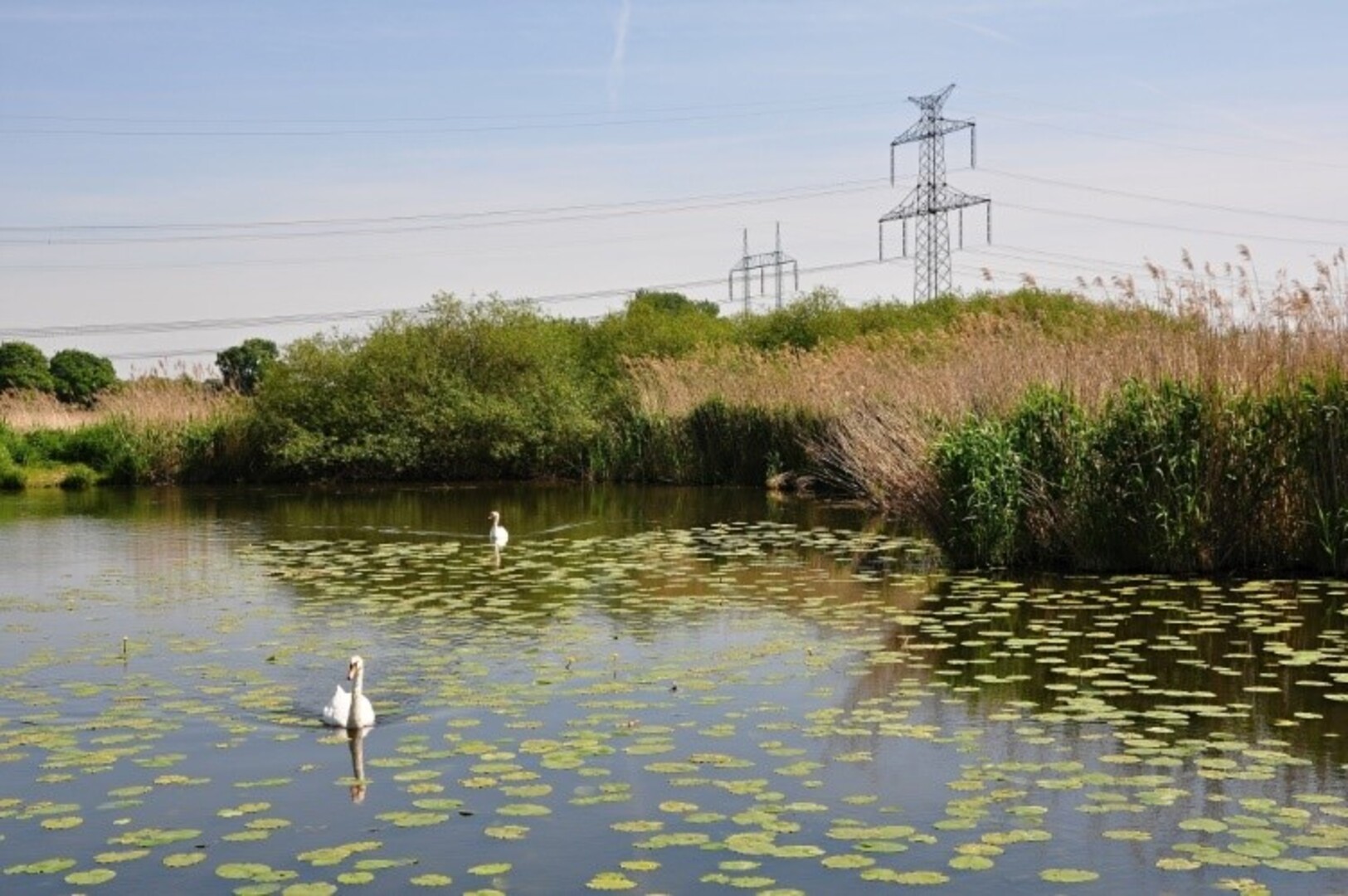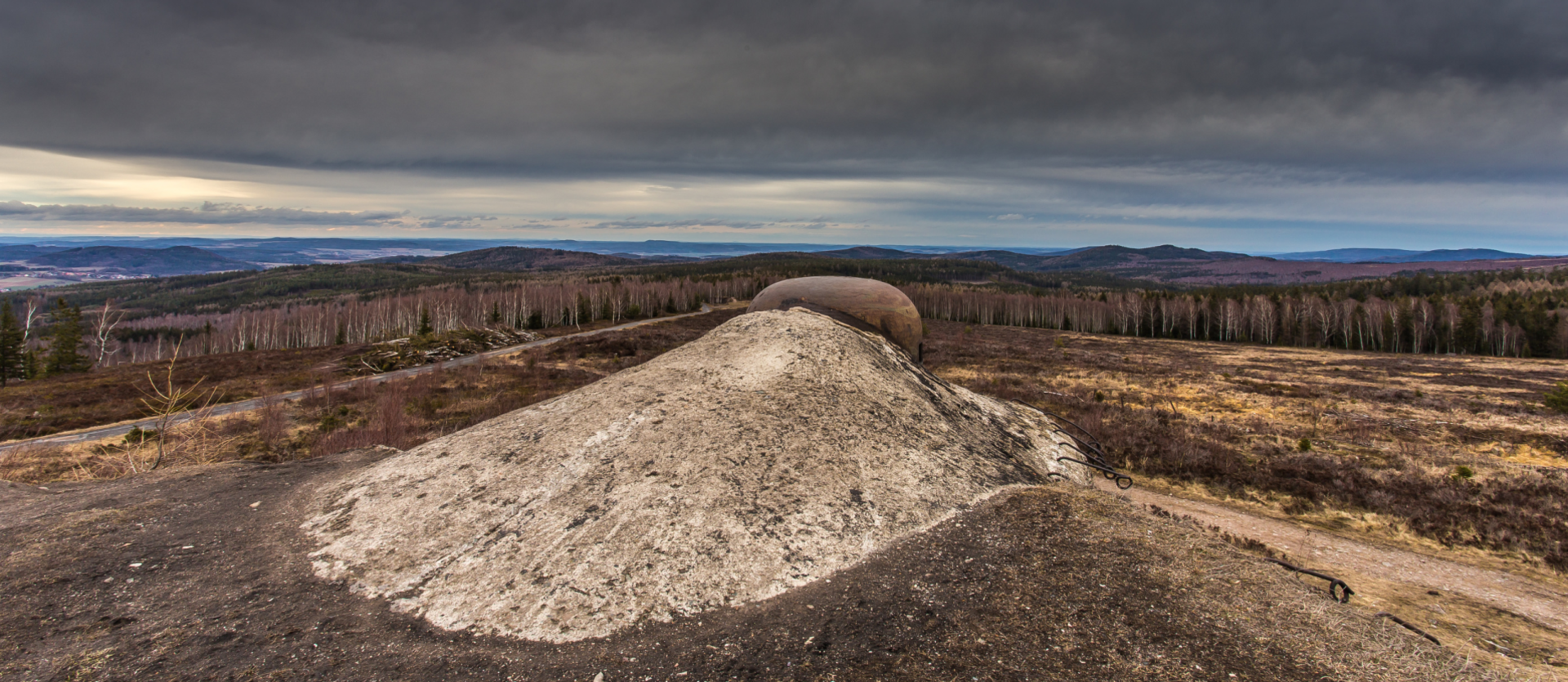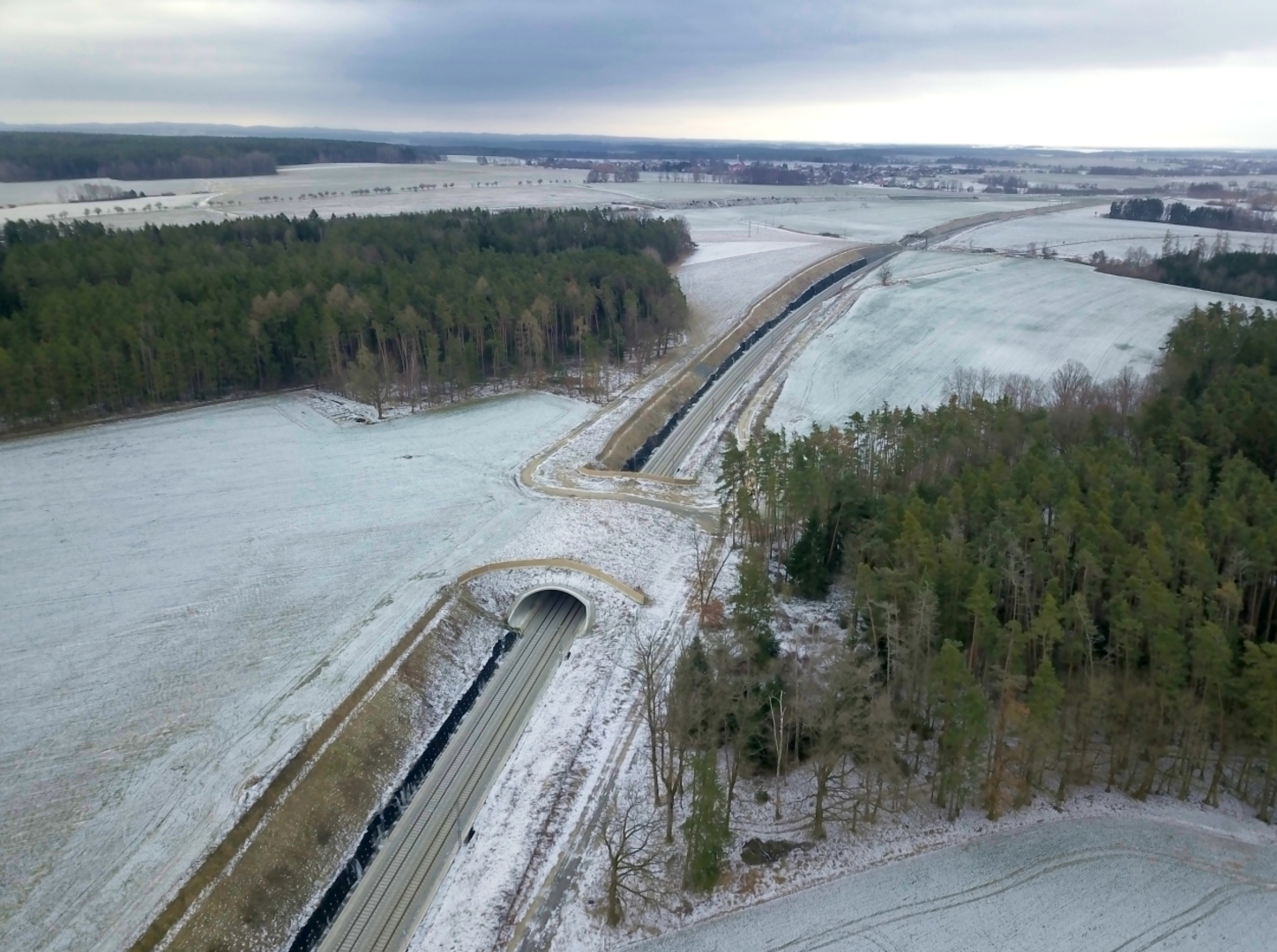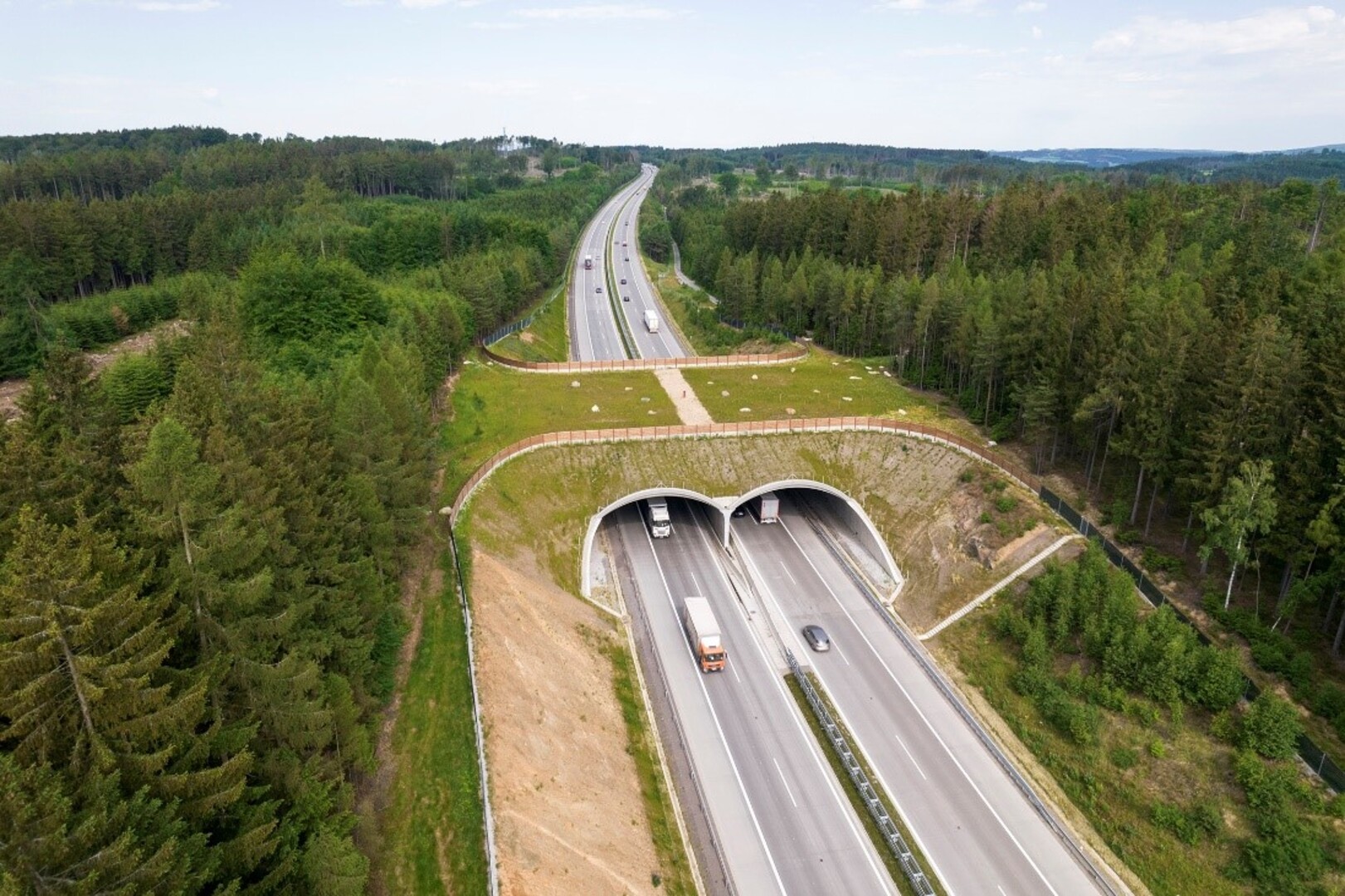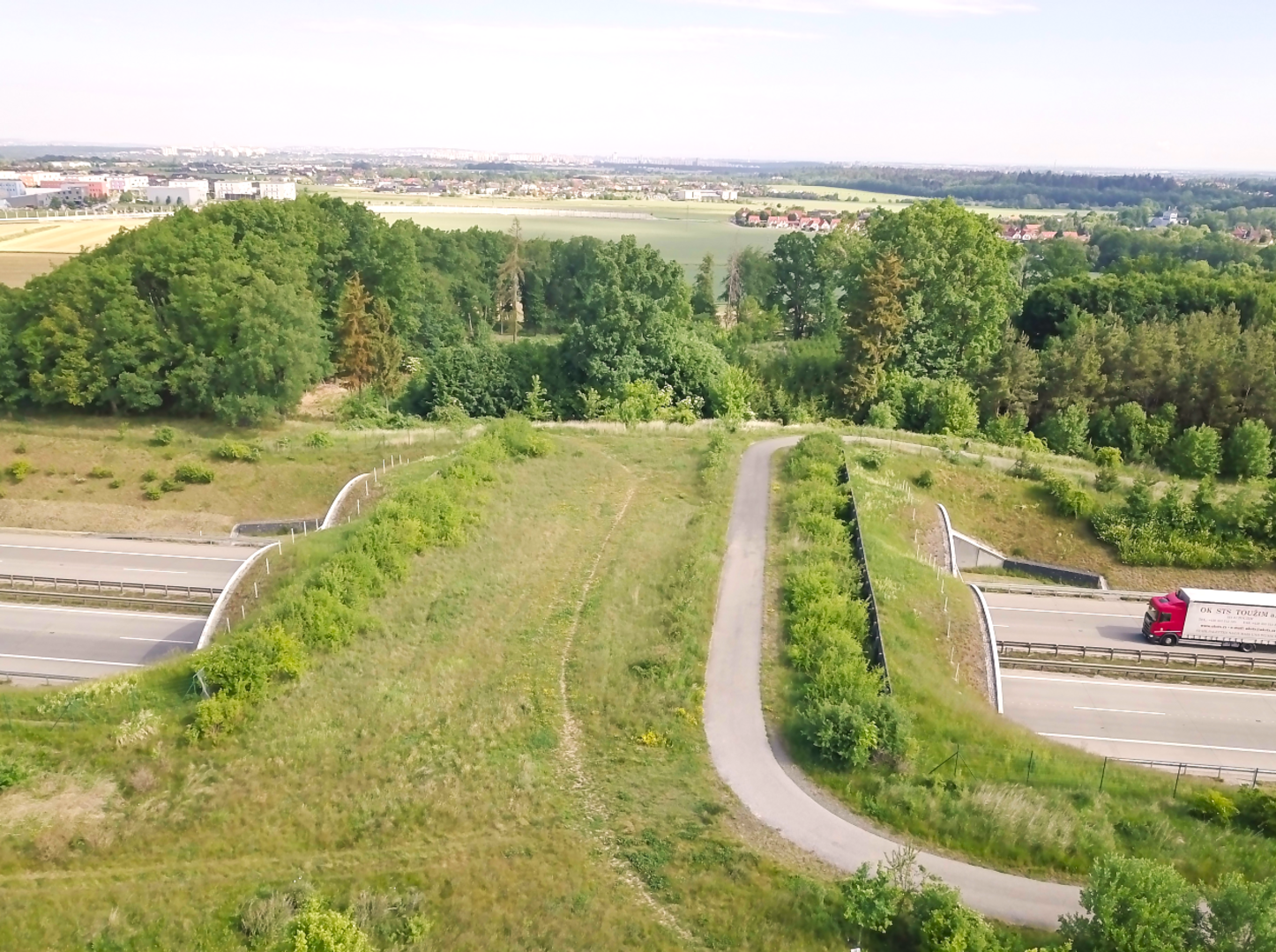All excursions will take place on Wednesday 11 September 2024. When registering for the conference, please note that one person can only attend one excursion.
1. The Elbe Lowland
Basic Information
- total distance: 300 km
- time duration: 13 hours
- physical demands: physically easy route, flat landscape, total distance by foot - 8 km (3 walks: 4 km, 2 km, 2 km)
- food breaks: morning (stop at a rest stop), lunch (a food package will be provided), afternoon (small refreshment in the rescue station Huslík)
- excursion map: see Map of the Elbe lowland excursion
- costs: 40 EUR
Description
The excursion will be held in the plain of the Elbe river, which is crossed longitudinally by the D11 motorway. The section of the motorway, which is the backbone of the excursion, was put into operation in December 2006.
The Elbe River has the largest catchment area in the Czech Republic and rises in the highest mountain range of Czechia, in the Krkonoše Mountains. Fertile and warm Elbe region has been intensively farmed for centuries. Thus, the landscape is mainly arable and forests occur only locally. Their presence was essential for delineating migration corridors for large mammals in this area. Given the low density of migratory corridors in this agricultural area, maintaining their existence is necessary for ensuring migration permeability of the entire area of Elbe Lowland.
Fig: Nature reserve "Týnecké mokřiny" (locality No. 2 – below). The power lines present were equipped with a diverter to prevent birds collision with ground wires. The swan is a species that is very sensitive in terms of this type of risk. (© Naděžda Gutzerová)
